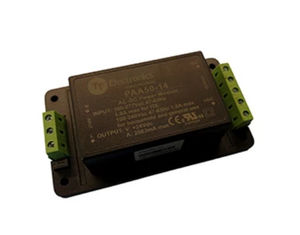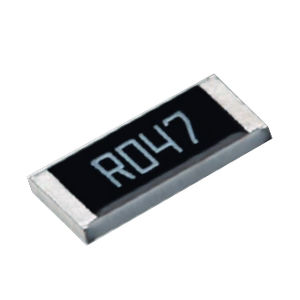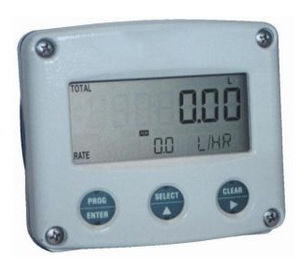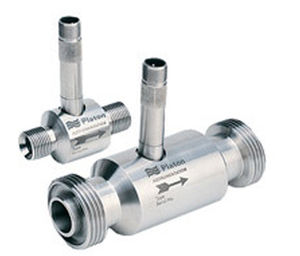
- Electricity - Electronics
- Electronic Component
- Analog resistor
- Roxspur Measurement & Control
Analog resistor precision
Add to favorites
Compare this product
Characteristics
- Electrical characteristics
- analog
- Other characteristics
- precision
Description
Medical designers face a complex realm of diverse applications and performance environments for the devices they develop. An aging population, a greater number of healthcare settings, and increasing demand for smarter, more convenient devices are factors keeping designers on their toes as they face continual competitive pressure for equipment that is faster and smarter, with unmatched performance and precision.
These complex devices also must work closely with the human body, blending sophisticated digital components with the realities of the analog patient. For this reason, resistors – passive components that oppose the flow of electrical current – play a critical role in medical designs. Each active integrated circuit (IC) requires as many as 20 resistors in a medical device design. Off-the-shelf resistors are often insufficient, driving designers to specialized components purpose-built to handle diverse medical challenges such as high voltage and magnetic interference.
Understanding options is crucial, as various medical applications have different priorities for resistor performance. For example, in imaging, X-ray systems require ultra-high voltage resistors; magnetic resonance imaging (MRI) scanners demand non-magnetic resistors; and ultrasound devices need integrated resistor arrays. In instrumentation and analysis, accuracy and stability are key. And, some of the most challenging resistor applications are found in contact devices, those connecting directly with the body that are often tasked with safely delivering high-energy pulses or detecting and monitoring biological signals.
Catalogs
No catalogs are available for this product.
See all of Roxspur Measurement & Control‘s catalogsOther Roxspur Measurement & Control products
Instrumentation
*Prices are pre-tax. They exclude delivery charges and customs duties and do not include additional charges for installation or activation options. Prices are indicative only and may vary by country, with changes to the cost of raw materials and exchange rates.

















